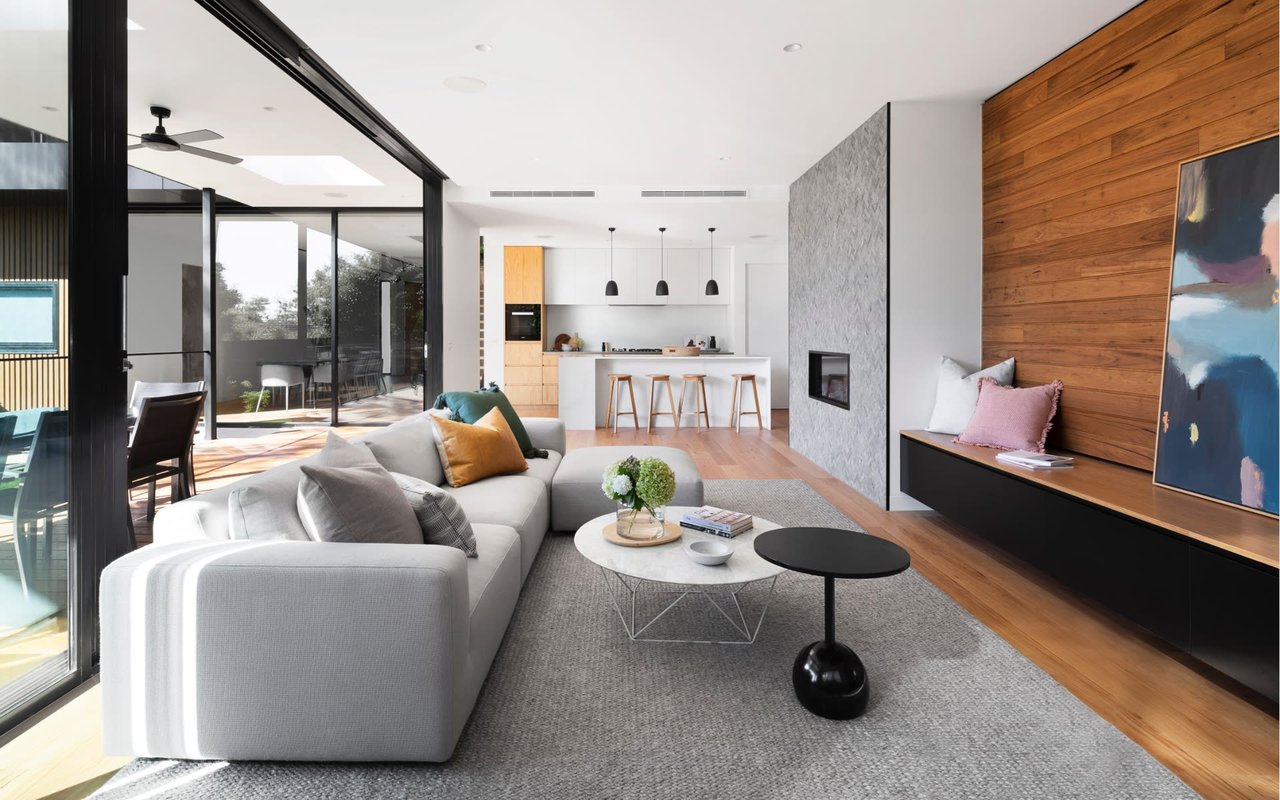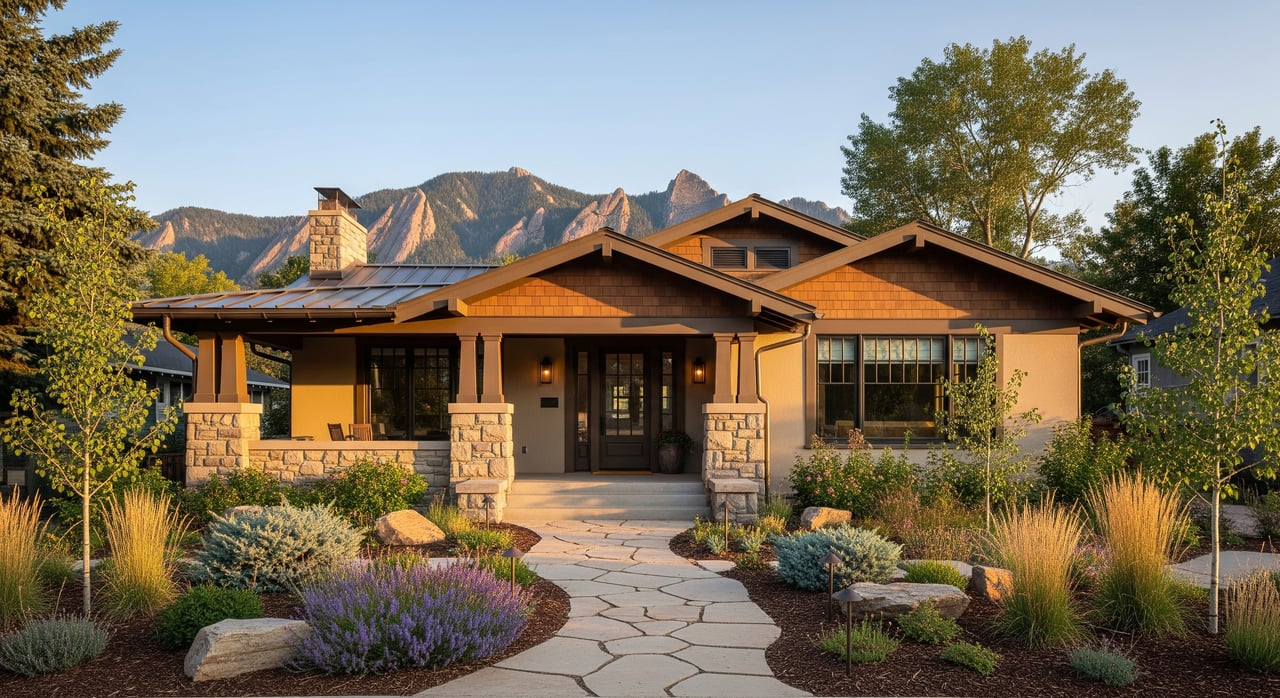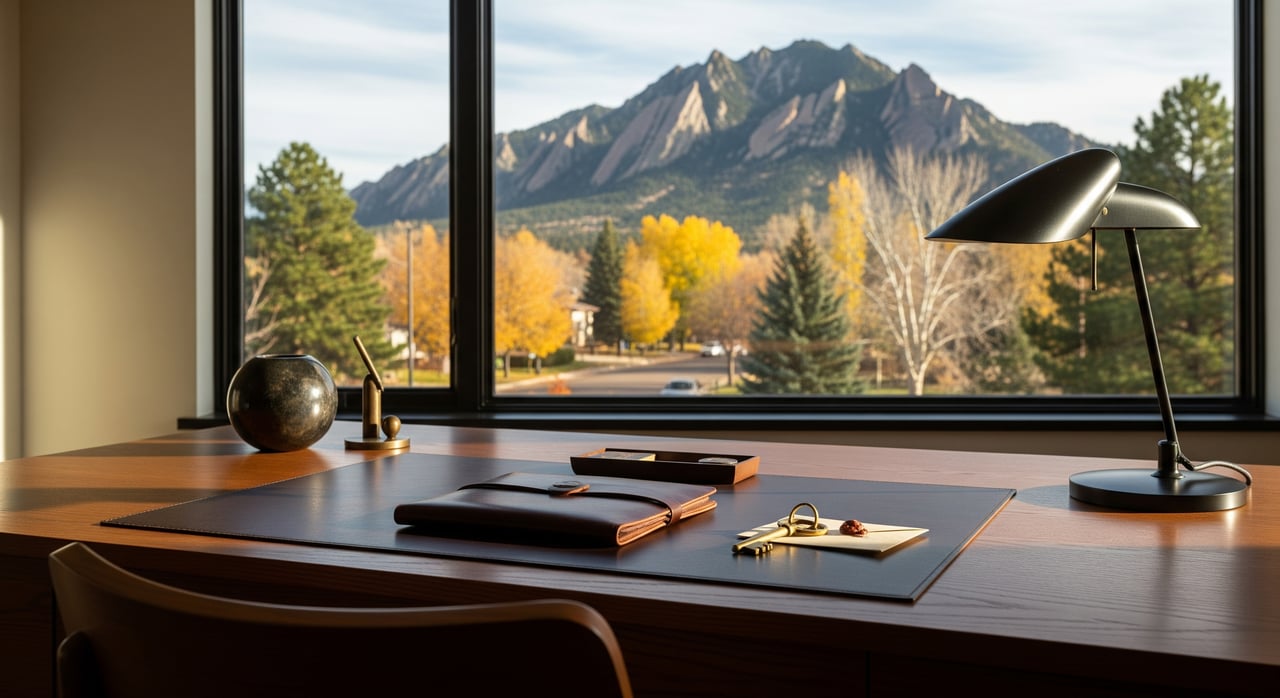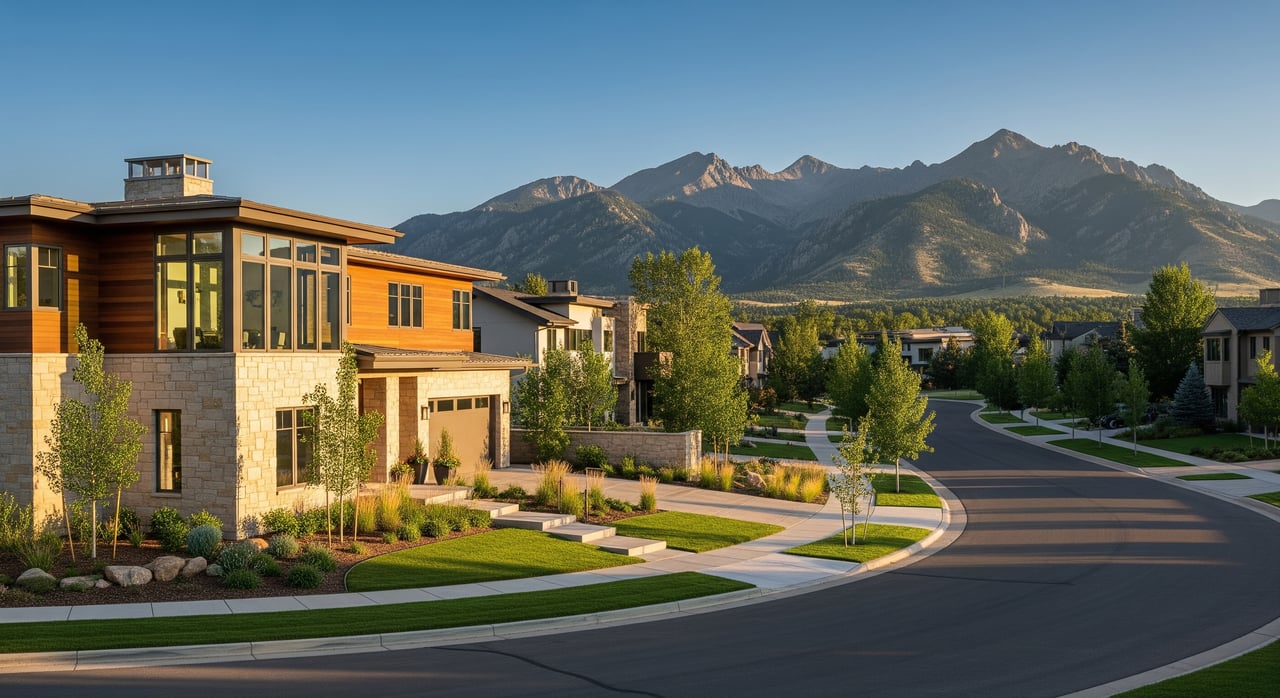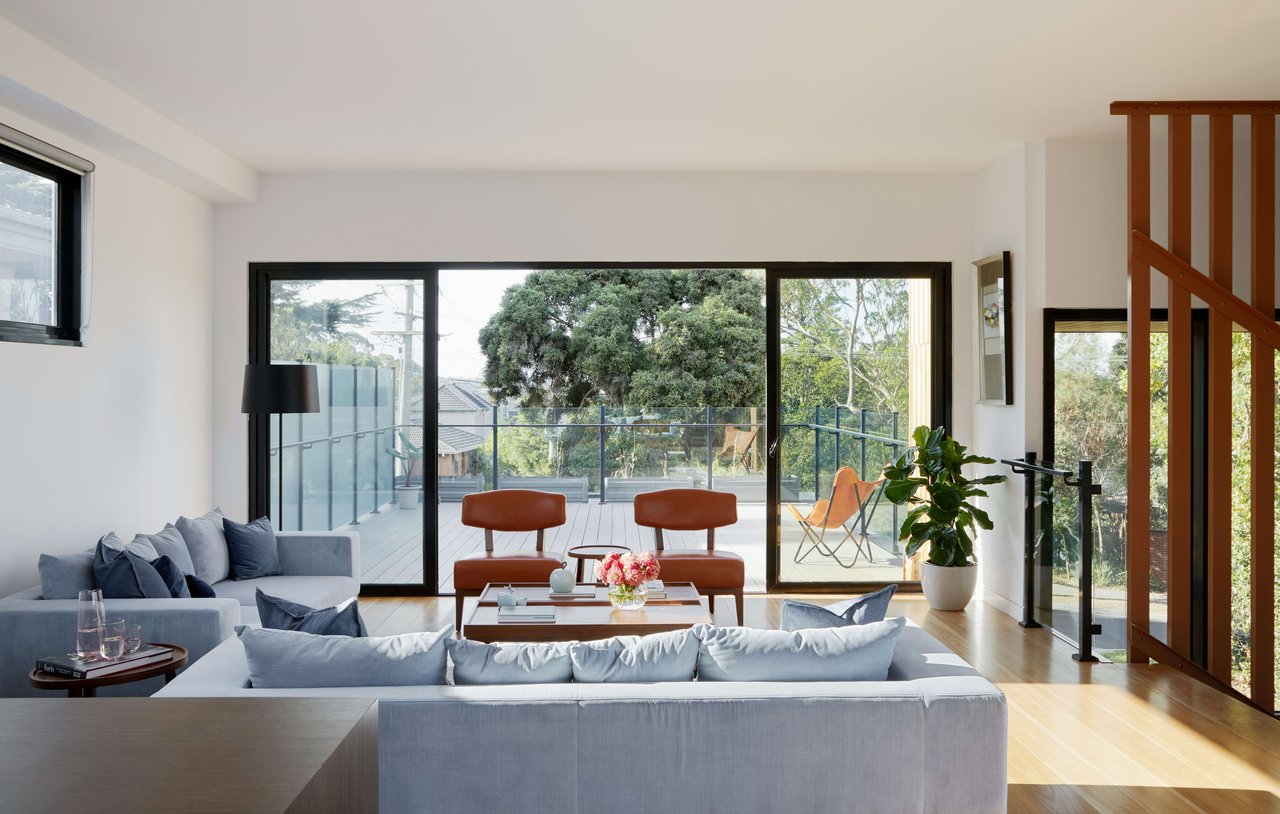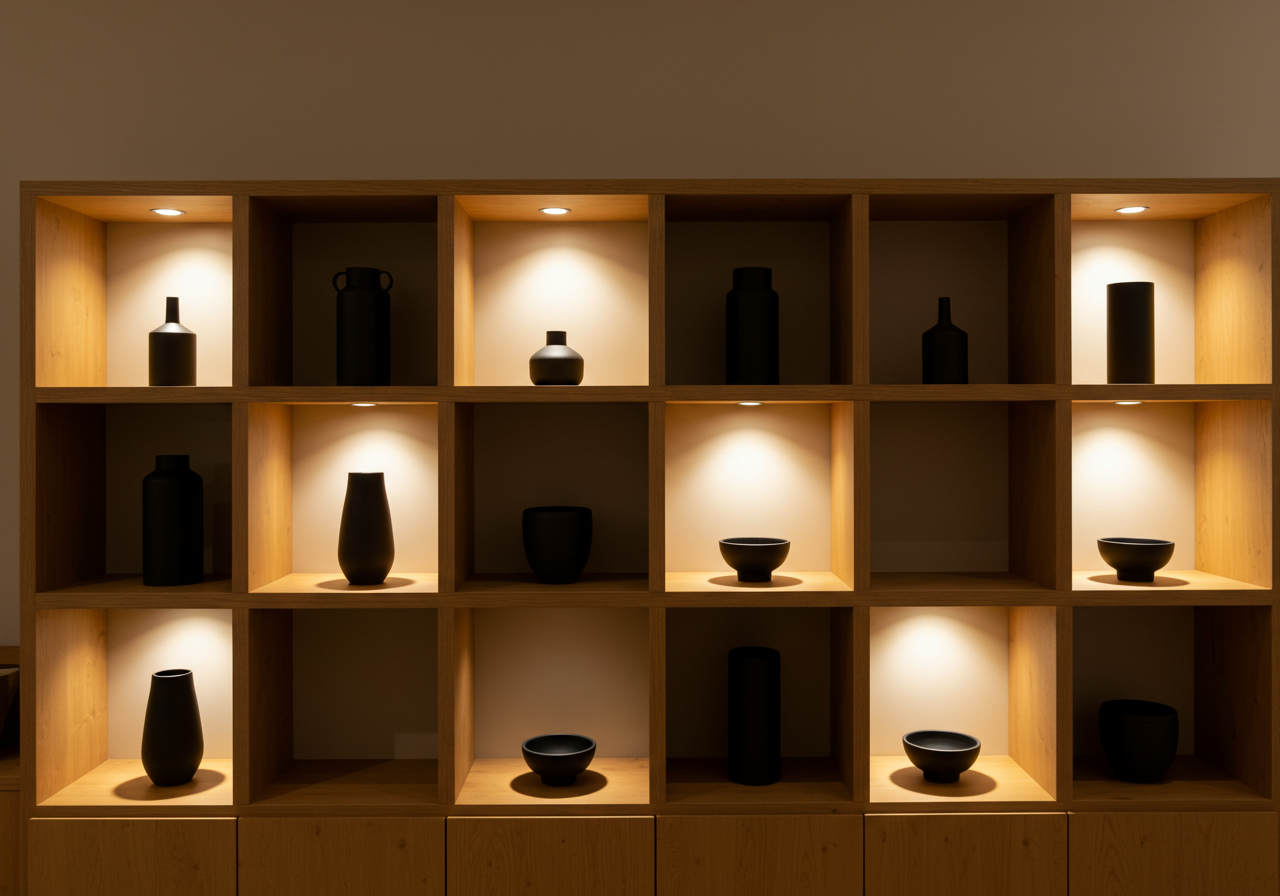
Lighting design is an essential aspect of any residential application, and it can have a significant impact on the overall aesthetics and functionality of a space. Good lighting design can make a small room look larger, highlight architectural features, and create a warm and inviting ambiance.
Here are some key factors to consider when designing lighting for residential applications:
1. The Purpose of the Room
Is it a living room, bedroom, or kitchen? Each room has different lighting requirements depending on its function. For example, a living room may require dimmable lighting to create a cozy atmosphere for watching movies or reading, while a kitchen may require brighter, task-focused lighting for cooking and food preparation.
2. Natural Lighting
Natural lighting plays a crucial role in residential lighting design. Consider the orientation of the room, the placement of windows, and the amount of natural light that enters the space. Natural light can provide a warm and inviting feel, and it can also help reduce the need for artificial lighting during the day.
3. Layered Lighting
Layered lighting is an effective way to create a dynamic and versatile lighting design. It involves using a combination of ambient, task, and accent lighting to provide a range of lighting options for different occasions. For example, ambient lighting can be used for general illumination, task lighting for specific activities, and accent lighting for highlighting architectural features or artwork.
4. Fixture Selection
The fixtures you choose should complement the style and function of the room. Pendant lighting can provide a dramatic focal point, while recessed lighting can provide a seamless and unobtrusive look. Wall sconces can be used for accent lighting, and floor lamps can provide portable task lighting.
5. Energy Efficiency
Finally, energy efficiency should be a consideration when designing lighting for residential applications. LED lighting is an energy-efficient option that can reduce energy costs and provide long-lasting illumination. In addition, using dimmer switches can help further reduce energy usage by allowing you to adjust the brightness of the lights.
A well-designed lighting scheme can enhance the functionality and aesthetic appeal of a room while creating a warm and inviting atmosphere. By considering the purpose of the room, natural lighting, layered lighting, fixture selection, and energy efficiency, you can create a lighting design that is both functional and stylish.
